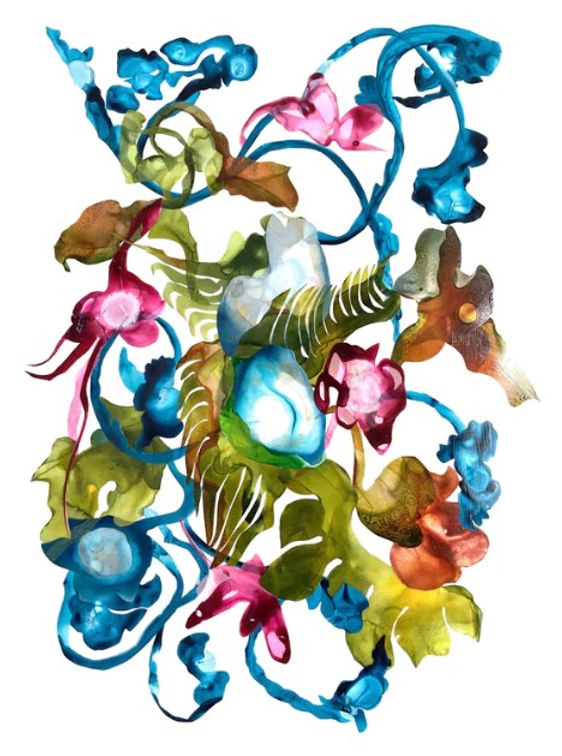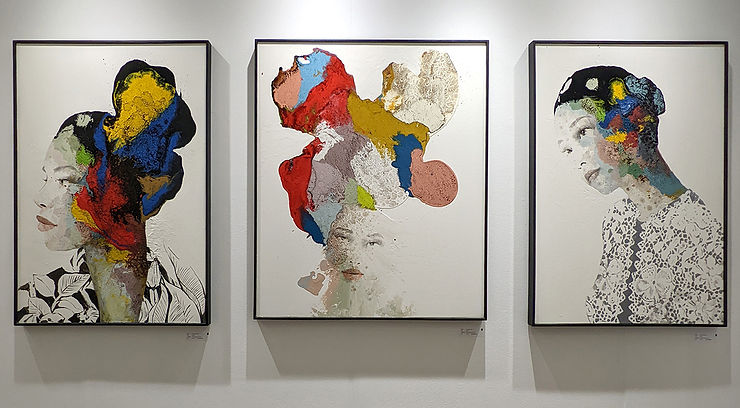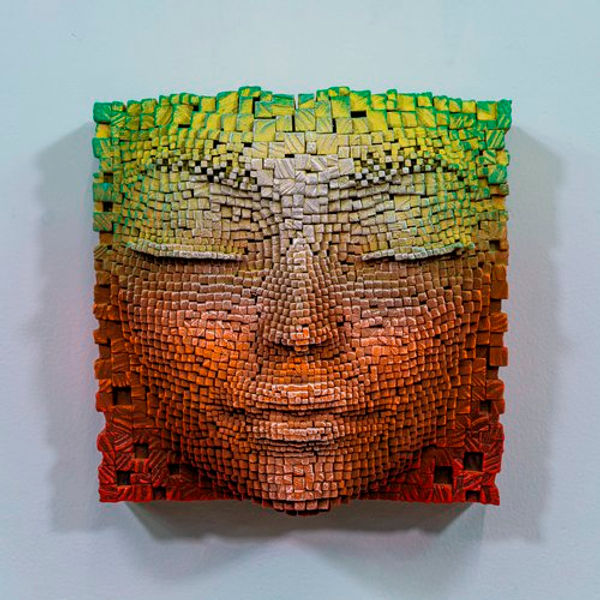Dear Madelaine,
I’ve been considering investing in fine art, and I thought prints might be a good place to start…only I’m not sure what I should be looking for. What exactly is a print, and how do I know if it’s a good investment?
I love this question, and not just because some of my favorite pieces in my own collection are prints! Limited edition fine art prints offer an opportunity to bring home the beauty and quality of a museum piece at a fraction of the price. That being said, these are NOT the Klimt posters you hung in your college dorm room! So let’s start with the basics.
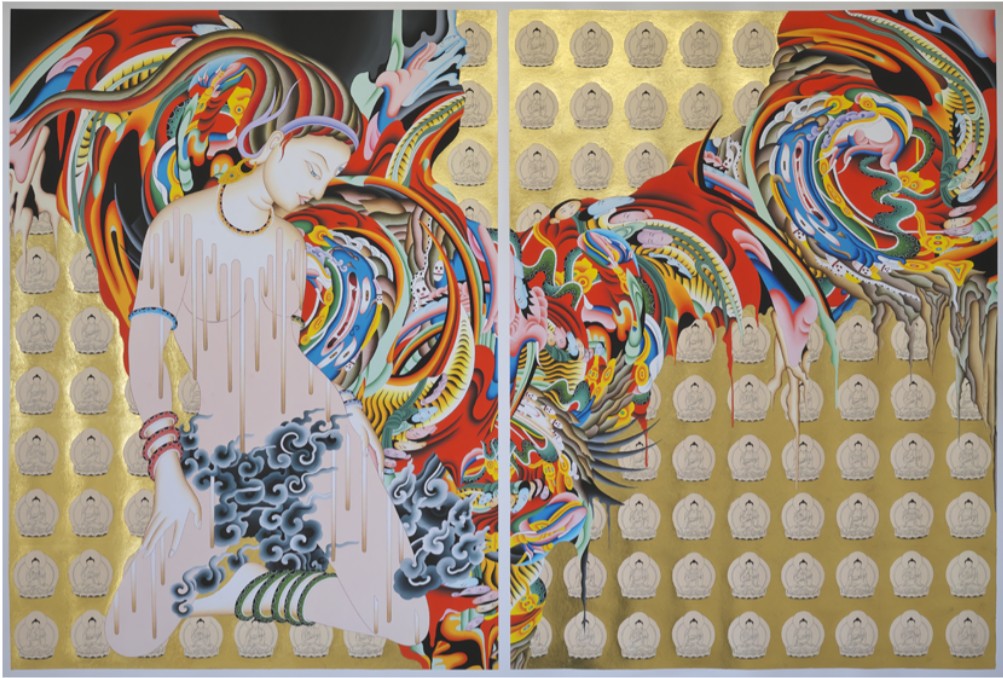
What is a print?
Prints are original works of art. While the image of the print is reproduced on each print that is made (and sometimes there is only one!) there is always variation between prints. Fine art prints are a collaborative effort between two artists, the one that originated the work and the printmaker creating the print, and go far beyond posters sold in museum gift shops.
Are all prints made the same way?
No! There are quite a few techniques for printmaking and they each have their own process and aesthetic. Some of the most popular are:
- Intaglio: the oldest printmaking method in which an acid or pointed tool is used to incise a metal plate which is then inked and printed under pressure. The paper is forced into the recessed areas, picking up the ink resulting in characteristically raised lines. Intaglio techniques include etching, engraving, aquatint, photogravure, mezzotint, and drypoint.
- Woodcutting: a technique where a design is carved into a wooden block using tools like chisels and gouges. The raised areas of the block are inked, while the carved-away parts remain blank, creating a print when paper is pressed against the inked surface. The result is a print that is a reversed image of the original design.
- Collagraphy: Rather than cutting into a surface, this technique involves adding materials to the surface of a printing plate complicated textures and subtle marks
- Lithography: a planographic (flat surface) printing process that relies on the principle that oil and water repel each other. An image is drawn onto a stone or plate using an oil-based substance; this greasy image is then chemically treated to attract and hold greasy ink, while the water-dampened non-image areas repel the ink. The ink is transferred to paper using a press, creating high-quality images and large print runs.
- Monotype: a unique and single print process, typically painterly in effect, made by applying paint or ink to a smooth flat sheet of metal or glass which is transferred to paper either by manually rubbing or using a press.
- Screen-printing: a technique that transfers a design by pressing ink through a fine mesh screen. A stencil is created on the screen, blocking certain areas from ink flow. Ink is then forced through the open areas of the stencil with a squeegee onto a substrate, creating a printed design
- Giclée: A digital process involving scanning an original artwork into a high-resolution file, color-correcting the digital image, and then printing it with a wide range of inks to achieve exceptional color accuracy and detail.
What does “Limited Edition” mean and is that the same as an “Original Print”?
The words “original print” and “limited edition” are often used interchangeably to describe a fine art print made as a limited number of impressions (collectively known as an edition). These prints are signed with a set of numbers, like 2/20. The first number to the left of the slash indicates the individual print’s number (in this case 2), while the second number to the right of the slash indicates the edition size (in this example, 20). Sometimes the number also includes the letters AP for Artists Proof.
Some prints also have post-processing additions that further contribute to their unique character. For example, the Tsherin Sherpa print above (Spiritual Warrior, 2020) is hand gilded with gold leaf after printing, making it even more special.
Do all prints have the same general price and value?
No! There is a HUGE range for limited edition prints, from tens of dollars to ten thousands (and beyond!). I recently visited the Scholten Gallery for their opening of “Drama Queens & Kabuki Kings: Stars of Edo and Osaka”, and learned that even comparing vintage prints of the same topic from the same time there was a huge difference in investment between the regions of Edo (now Tokyo; more well known, mass produced, and expensive) and Osaka (more unusual, rarer, and less expensive).
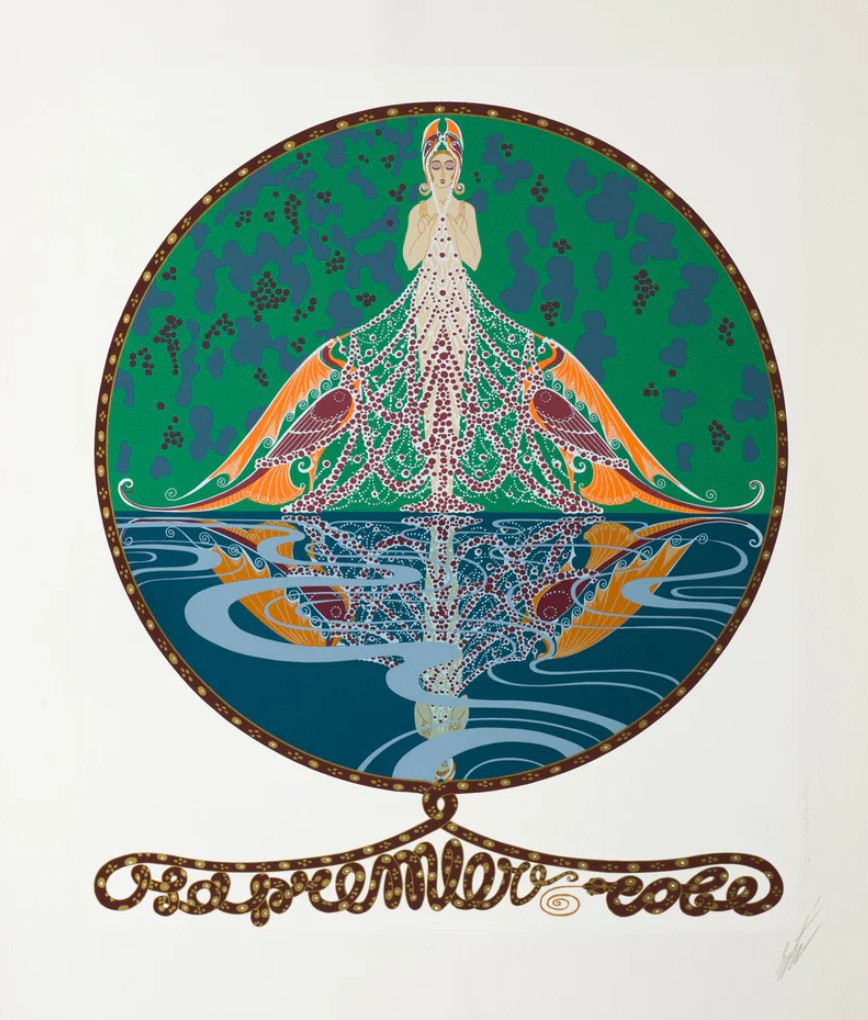
This is where it pays to do your research! If there is a particular style, period, or artist that interests you, look them up. See what pieces are being traded for on auction sites like 1st Dibs, Artsy, or Christies. Go visit a local gallery and see what gems might be hiding in plain site. I just scooped up this vintage Erté serigraph, which I stumbled upon one night walking Buttercup, for a fraction of its sister listings online!
Final Thoughts
The biggest and by far most important rule of art collecting is to buy what makes you happy. Everything you bring into your home should make you smile, and fine art prints are a brilliant and accessible way to do just that. If you’re not sure where to start, please do not hesitate to reach out. I invite you to Schedule a Complimentary Design Discovery Consultation and we can figure it out together!
Till next time…
Madelaine
P.S. Do you have design questions? Send us an email at info@designbyadroit.com and we will answer it as quickly and completely as possible in an upcoming blog post!
Related Posts
-
The Affordable Art Fair Spring '23 Edition
The 2023 Spring Art Season in New York is here and kicked off with one…
-
The Affordable Art Fair Fall '22 Edition
One of my favorite things to do, both professionally and personally, is attend art fairs,…
-
The Art on Paper Fair Fall '22 Edition
When it comes to fine art, works on canvas often get all the attention. After…
